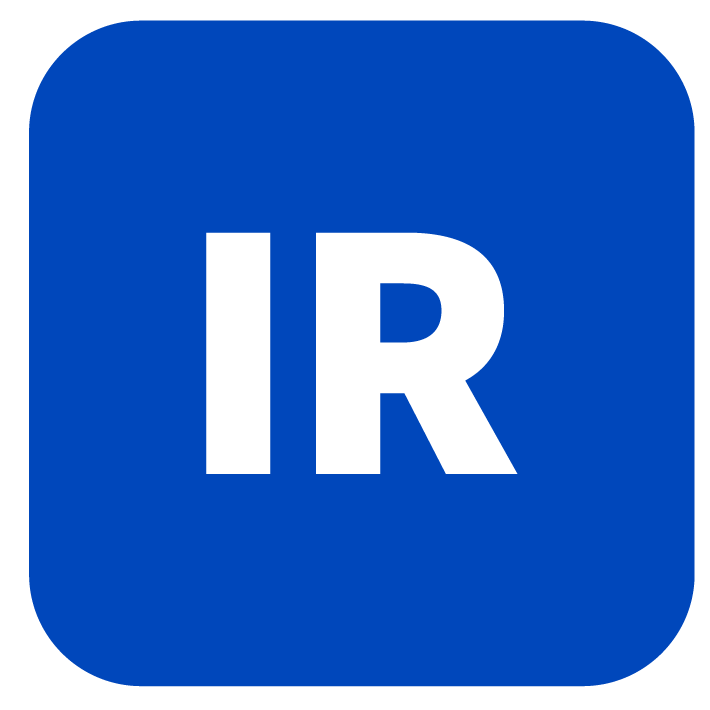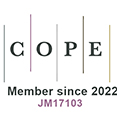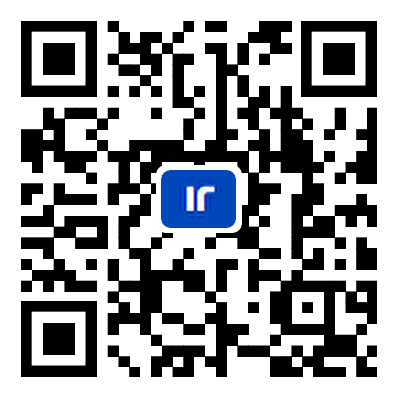Figure4


Figure 4. Quantitative results supporting our hypothesis that similar images might induce analogous hallucinations. (A) Experiment pipeline for investigating the characteristics of visual hallucinations. image-question pairs are randomly selected from the VQAv2 validation set and similar images are retrieved for each test image. We then independently sample












